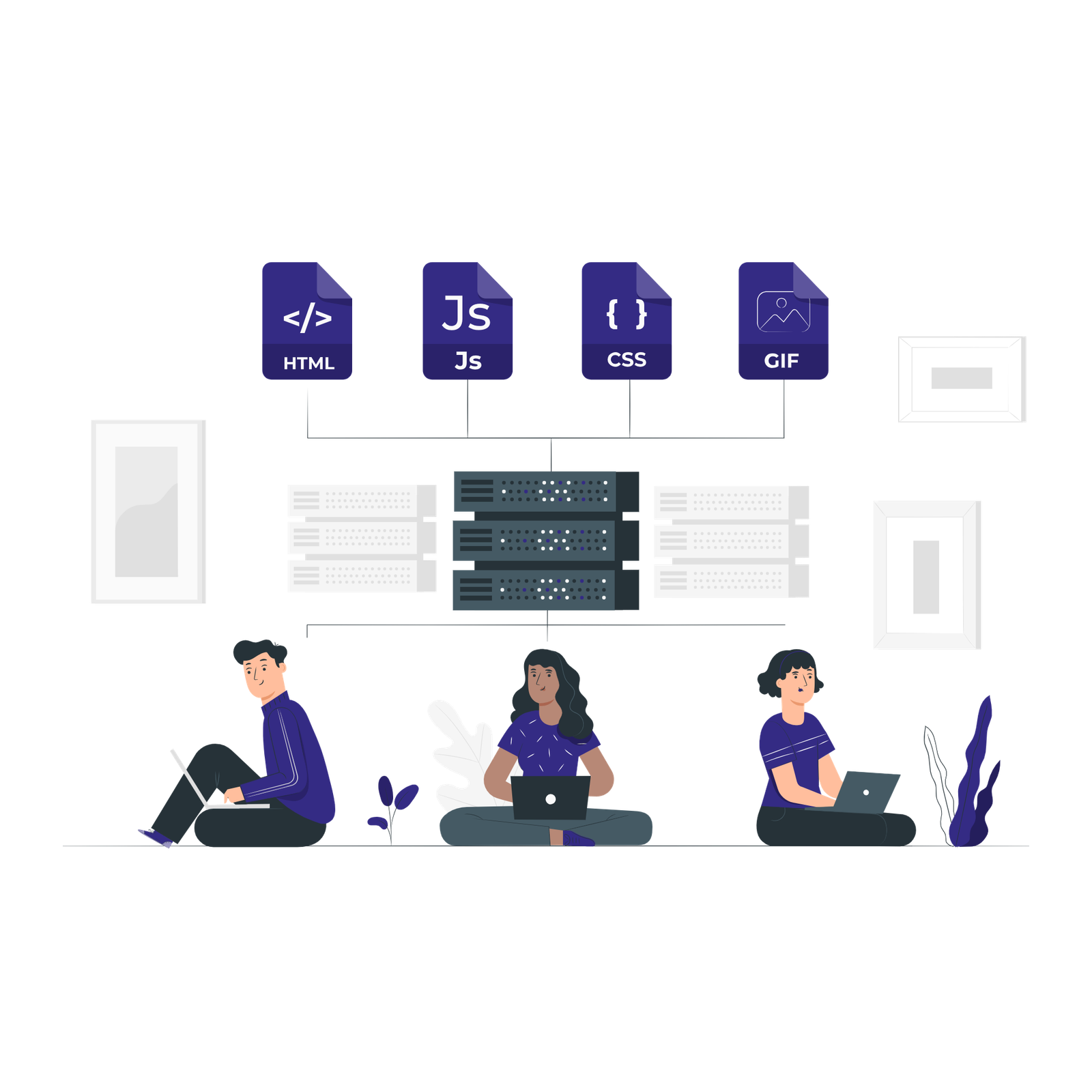Adopt a useful approach regarding expressing yourself

Training Kits
How to express myself with media ?

Learning Outcomes
This learning unit focuses on learning about how to express oneself in media, i.e. social media (e.g. Facebook, Linkedin, TikTok, Instagram, X) and other forms of media (e.g. radio, printed media, TV). It also focuses on how to analyse content published in media.
Target group
Adults and youngsters in formal and non-formal training settings
Evaluation method
Reflection, discussion and practical activities
Material
▶ Paper
▶ Pens
▶ Post-it notes
▶ Internet access
▶ Computer and projector
Training objectives
Recognize how the media evokes emotional reactions from the consumers
Recognize different ways of affecting your opinion.
Learn to think critically about the changes that have taken place regarding expression of people and opinions
Be better able to determine the credibility of different types of media
Activity 1
Projecting oneself in media
▶ Learning outcome: Be able to present oneself in a good way in media, such as:
- Social media (Facebook, Linkedin, TIKTOK, Twitter mm)
- Other media (TV, radio, press mm)
Exercise 1:
It is important to problematise the different media that exist and their use in the beginning of the workshops. The group discussions can lead to a greater understanding of social media and their use.
Questions that can be discussed:
– What media, social media and other media, do you know of?
– Which ones do you use?
– For what purpose are different media used?
– What are the upsides and downsides of these different media?
The trainer can present the diversity of answers received in the discussions by using a mindmap.
Exercise 2
Match posts with the right social media
Before the lesson, the trainer has prepared at least three posts from different social media. And signs with names or the logo of the social media from which the posts were taken. The posts may be analysed by the participants and matched with the correct signs/logos.
When all the participants are ready, the trainer asks questions such as:
- Why did you choose that sign for this post?
- How can it be that everyone agrees on this?
- How can it be that you do not agree on this?
- What are the similarities and differences of the various social media platforms? (Focus groups? Focus areas?)
The trainer shows the results and a new discussion may begin:
- Is there anything that characterises every social media?
- What are the strengths of the posts?
- What are the weaknesses?
- How to create a good post?
Exercise 3
- Select three examples in social media where people are featured. Reflect on what works well and what does not in their presentations, bearing in mind the focus groups, focus areas, strengths and weaknesses of the presentations in question?
- Make your own presentation and discuss it with another student. Give feedback on his/her presentation and make an example of a presentation that works and present it to a larger group. Discuss.
Do the same for presentations in other media.
Exercise 4
Social media etiquette
The trainer puts the participants in groups of 3 and asks them to discuss social etiquette online, uising the following website: https://www.rd.com/list/social-media-etiquette/. It is very easy to translate the 13 rules into the native language of the participants, if English is not an option.
There are 13 social media etiquette rules on this website, which the writer argues one shouldn’t break. The participants are asked to put the rules into 4 categories:
– Rules you think one must never break
– Rules you think one can break occasionally
– Rules you think one can break
– Rules you personally break
Each group presents their outcome and a discussion, monitored by the trainer, ensues about social media etiquette.
Useful Resources


Activity 2 - Evoke emotions when presenting ideas and opinions
Learning outcome: Be able to present ideas and opinions in a captivating way in media, such as:
- Social media (e.g. Facebook. LinkedIn, TikTok, Instagram, X)
- Other media (e.g. TV, radio, press)
Exercise 1
Select three examples on social media where ideas and opinions are presented. What instances of using emotions can you find in these examples? What works well, what does not? Make your own presentation and discuss it with another student. Give feedback on his/her presentation and create an example of a presentation that works and present it to a larger group. Discuss.
Do the same for presentations in other media.
Exercise 2
Consider what you feel good about and what kind of relationships you feel good about. To be credible digitally, your relationships need to be meaningful even behind the screen. For example, you should:
- Bring up topics that mean something
- Make sure your information is correct
- Care and be supportive
- Ask questions and show interest
Work in pairs or small groups. Each person writes a short post containing socially useful information and try to provoke a reaction. Show each other the posts and give honest and constructive feedback. Questions to consider when giving each other feedback:
- What is positive?
- What needs to be developed?
- Does the post feel genuine?
- Would I want to comment on this?
When satisfied with the posts, upload these on social media. Next meeting the comments received can be checked and discussed in order to develop the next post based on this input.
Useful Resources

Activity 3 - Influencing others through media
Learning outcomes: Be able to see attempts at influencing in different media, such as:
- Social media (e.g. Facebook. LinkedIn, TikTok, Instagram, X)
- Other media (e.g. TV, radio, press)
Exercise 1
Select three examples of social media which attempt to influence. What works well, what does not? Make your own presentation and discuss it with another student. Give feedback on his/her presentation and create an example of a presentation that works and present this to a larger group. Discuss.
Do the same for presentations in other media.
Exercise 2
Credibility analysis
The trainer divides the participants into groups and introduces the topic: ”Are energy drinks dangerous?” and presents 4 sources which all treat the subject. Suggested sources:
– The National Food Agency or a similar governmental site.
– A popular newspaper
– Wikipedia
– A blog
The participants are asked to determine if these sources can be trusted according to the following criteria:
Relevance. Is the article or post relevant? Does it really answer the question?
Can the source be trusted? Who has written the text? Where is it published, meaning, is it possible to see who is behind the post/website? Does the language indicate whether the source can be trusted?
Dependency. Does the source contain first-hand information? If it refers to other sources, can you find reliable references?
Tendentious posts. Is the message one-sided and only presents one side of the coin? Does the text try to arouse emotions instead of presenting valid arguments?
Date. Is the source outdated or is it still relevant?
Each group presents their analysis and a discussion ensues with all participants.
Useful Resources

Activity 4 – Using creativity to influence

Learning outcome: Learn how creativity can enhance a message in media, such as;
- Social media (e.g. Facebook. LinkedIn, TikTok, Instagram, X)
- Other media (e.g. TV, radio, press)
Exercise 1
Select three examples of media where creativity is a decisive factor for the result. which attempt to influence. What works well, what does not? Make your own presentation and discuss it with another student. Give feedback on his/her presentation and create an example of a presentation using creativity and present this to a larger group. Discuss.
Do the same for presentations in other media.
Exercise 2
Create moving posts
Variety in media is important to catch the viewers interest. A way of doing that is, not only to use pictures, but also to post short films or GIFs. A GIF is an image with a single movement repeating itself, which is perceived as fun and energetic. There are, of course, other ways to present a post and participants often have a lot of experience that the trainer can use. Questions to be discussed in groups, to begin with, can be:
– What do you like to see on social media?
– What makes you raise your eyebrows, smile or get a feeling?
– What experiences do you have, or other people you know, of creative elements in media?
The answers can be complied for everybody to see. The participants, one by one or in small groups, are then asked to create a moving post with nice content or something that makes others react. When all the posts are ready, the contributions are presented. Already on the spot, you can see the reaction of the others.
– What sort of reactions are there to the posts?
– Do you get no reaction at all?
– Are the reactions what was anticipated, or something else?
Anyone who wants to can of course upload their post to see the response
Exercise 3
Getting your message through
How do you use creativity to catch your viewers’ or readers’ attention? In this activity, participants are asked to use creativity to enhance a message. They are to make two examples of the same post, the first one should be basic, plain and straightforward, the second one should be improved having considered the advice below, so that the group can see the ”before and after” variant of the same post. Recommendations;
– Know your audience well
– Adjust tone, language and style to your audience
– Make sure your message is relevant to your audience
– Visual and auditory elements should also be adapted to your audience
– Use your audience’s preferred channels
– For free access to images go to https://buffer.com/library/free-images/
Before presenting the posts to the group, each participant needs to clarify what target group the post is intended for. After presenting, the group can discuss what improvements they can see in the second variant.
Useful Resources

Activity 5 – Thinking critically
Learning outcome: Improve critical thinking and scrutinize credibility in media, such as:
- Social media (e.g. Facebook. LinkedIn, TikTok, Instagram, X)
- Other media (e.g. TV, radio, press)
Invite a librarian from a local library, or someone else with special expertise in the area of critical thinking when determining the credibility of content in media. Ask that person to set up a creative workshop, containing both theory and practical activities. Very often there are resource persons locally who can be of qualitative assistance in workshops like this. This type of collaboration can also be useful, since students often also use the library’s services in their studies.
Identify domain suffixes – matching game
It is useful, when browsing the internet or checking who is behind a website, to quickly get an understanding of what sort of entity that is responsible for a website and its information. By looking at the domain suffix (Top-Level Domains) one can get a general information about the authors of a website and also know what country it comes from.
A domain suffix is what comes after the dot in a name, for example ’com’ as in the webaddress www.nytimes.com, or ’edu’ for Harvard University: www.harvard.edu. Explanations:
- Edu = education, common for American educational entities
- gov = government
- org = organisation
- com = commercial
- int = international organisations and treaty-related purposes
- us = USA
- ca = Canada
- fr = France
- es = Spain
- …
The participants are asked to match the following domain suffixes with the correct entities or host of website. The entities can of course be adapted to national or local organisations. Suggested names and suffixes:
Exercise 3
Reliability criteria contest. The participants are divided into groups and then asked to award points to 5 -10 webpages already selected by the trainer. The points are awarded according to the following criteria:
5 points goes to: Texts written by experts or researchers, usually a university or an official government site, like the Department of Education, the National Health Agency or something similar.
4 points goes to: Texts written by specialists working in a specific area, like psychologists writing about psychology, or virus specialists writing about infections or astronomers writing about space.
3 points goes to: Magazine articles, books and newspaper articles from well-established newspapers written by journalists, who have consulted reliable sources.
0 or 1 or 2 points goes to: Private websites and blogs as they can be unreliable, hoaxes and complete misinformation. However, researchers and experts use blogs to inform the general public, but most people writing blogs are anything but experts. The participants decide how many points they want to give.
Each group presents the points for each website and gives its motivation. A discussion ensues, since the groups, most likely, have awarded different points for different websites.
Useful Resources

Activity 5: Create a Podcast Episode
Objective: Use media creatively to express and communicate your ideas, information, and opinions through a podcast episode.
Materials needed: Computer or smartphone with audio recording/editing software or apps (e.g., Audacity, GarageBand, Anchor, or any other audio editing tool).Microphone (built-in or external) for recording high-quality audio.
Implementation Steps
Choose a Topic: Select a topic that you are passionate about and would like to discuss in your podcast episode. It could be a current event, a hobby, a book review, a personal story, or any other subject that interests you.
Plan Your Content: Outline the main points and structure of your podcast episode. Consider the key messages or ideas you want to convey and how you will organize your thoughts. Note down any specific information or examples you want to include.
Prepare Your Script: Write a script or an outline that will guide your episode. While you may want to sound natural and spontaneous, having a script or outline will help you stay on track and communicate your ideas effectively. Include an introduction, main content, and a conclusion.
Set Up Recording: Find a quiet location to record your podcast episode. Set up your microphone and make sure it is properly connected to your computer or smartphone. Adjust the microphone settings and test the audio levels to ensure clear and balanced sound quality.
Record Your Episode: Start recording your podcast episode based on the script or outline you prepared. Speak clearly, enunciate your words, and try to maintain a conversational tone. Feel free to add your personality, humor, or storytelling elements to engage your audience.
Edit Your Audio: Once you have finished recording, import the audio file into your editing software or app. Trim any unnecessary pauses, mistakes, or background noise. You can also add music, sound effects, or transitions to enhance the listening experience.
Enhance with Introductions and Outros: Record a professional-sounding introduction and outro for your podcast episode. Introduce yourself, mention the episode’s topic, and give a brief preview of what listeners can expect. In the outro, thank your audience, provide any relevant contact information or social media handles, and invite them to subscribe or share your podcast.
Review and Polish: Listen to the edited version of your podcast episode and make any necessary adjustments. Ensure that the pacing is appropriate, the audio levels are consistent, and the content flows smoothly. Pay attention to any areas that may need further clarification or improvement.
9. Publish and Share: Export your final podcast episode as an audio file in a suitable format (e.g., MP3). Choose a podcast hosting platform (such as Anchor, Libsyn, or Podbean) to publish your episode. Create a podcast cover image and write a compelling episode description. Share the episode on various podcast directories, social media platforms, and your personal website if you have one.
Tips
This exercise can be easily realized within a group of people who can collaboratively create their own episode. Therefore the exercise is highly transferable in different contexts and group dynamics.
Evaluation and Reflection:
The exercise itself can be used as a reflection tool on a specific topic. However, it is advisable that upon completion of the activity the educator engages the participants into a short debriefing discussion about the process. Here are some suggested questions:
– How was the podcast making process for you?
– How did you feel about expressing through a podcast?
– How do you perceive this method of sharing thoughts and ideas on social media?
– Is it more direct or realistic?
– What are the podcasts that you enjoy listening to?
– What were the barriers that you faced?
– What were the strongs aspects of expressing through voice recording?
